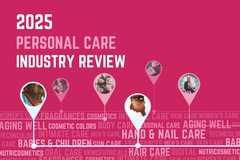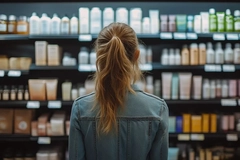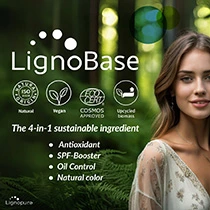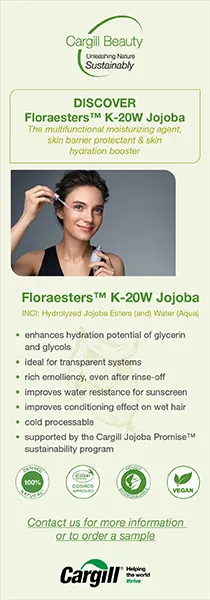TikTok’s tan lines: Experts warn of health hazards from viral skin care trends

Achieving burn lines is gaining traction on social media among teenagers and young adults. The trend involves burning the skin intentionally to achieve tan lines, which sparks health concerns among experts.
La Roche-Posay, with Euromeloma and GlobalSkin, has issued a warning to the public about the dangers of burning their skin. Through its Cancer Support program and Save Your Skin initiative, La Roche-Posay is offering free mole checks and public education campaigns.
Yannick Neuder, France’s Minister of Health, recently said on BFM TV, France, “For a few seconds of buzz on social media, young people are destroying their skin cells for life. We only get one skin.”
A group of global dermatologists expresses concerns about the “Burn Lines” trend on social media.
“Such practices are not only reckless but directly contribute to irreparable skin damage, DNA damage, and premature aging, and significantly increase the risk of skin cancer, including melanoma, one of the fastest-rising and deadliest cancers among the young generation,” they say.
A dermatologist from the group states that one sunburn in childhood can more than double the risk of skin cancer in adulthood.
TikTok tanning
TikTok beauty trends may do more harm than good, warned dermatologists from Aventus Clinic in a recent statement, pointing out the most harmful trends. According to the American Academy of Dermatology, 70% of young adults have tried at least one TikTok-inspired beauty trend.
 Also trending is sunscreen contouring — applying sunscreen only to certain parts of the face.In addition to burning the skin to achieve tan lines, influencers are also encouraging sunscreen contouring — applying sunscreen only to certain parts of the face.
Also trending is sunscreen contouring — applying sunscreen only to certain parts of the face.In addition to burning the skin to achieve tan lines, influencers are also encouraging sunscreen contouring — applying sunscreen only to certain parts of the face.
“The idea of selectively exposing parts of your face to UV radiation is incredibly dangerous,” warned Dr. Suhail Alam, medical director at Aventus Clinic.
“Sun damage accumulates invisibly over time, leading to premature wrinkles, sun spots, and a significantly higher risk of skin cancer. No tan is worth that risk, and once the damage is done, it’s extremely difficult to reverse.”
A recent American Academy of Dermatology study found that Gen Z’s preference for achieving a tan despite knowing its harm to the skin is rising.
Trending beyond tanning
Aventus Clinic also warned about the TikTok trend of at-home microneedling, which is technique-sensitive.
When this is practiced at professional clinics, depth, sterility, and aftercare are carefully controlled. Devices used at home do not ensure safety and may cause infections, scarring, and pigmentation problems, especially for darker skin types, said experts at Aventus.
Acid peels with high-concentration chemicals are also trending online. “Professional chemical peels are carefully customized to your skin type, condition, and tolerance,” stressed the experts.
“At-home misuse of potent acids can easily lead to chemical burns, long-term hyperpigmentation, and scarring. Without proper neutralization and post-care, the damage can be far worse than the skin concerns you’re trying to treat.”
 Skin injury and inflammation are accelerators of aging, not shortcuts to youth, said Alam.Recently, a study found that tweens and teenage girls following beauty advice on TikTok may harm their skin by being encouraged to adopt intensive routines meant for adults. The results showed that girls aged seven to 18 use, on average, six skin care products and have a routine exceeding 10 minutes, using products mainly created for mature skin.
Skin injury and inflammation are accelerators of aging, not shortcuts to youth, said Alam.Recently, a study found that tweens and teenage girls following beauty advice on TikTok may harm their skin by being encouraged to adopt intensive routines meant for adults. The results showed that girls aged seven to 18 use, on average, six skin care products and have a routine exceeding 10 minutes, using products mainly created for mature skin.
Lastly, dermatologists warn of “skin flooding,” which uses several layers of moisturizer, which can trap dirt, clog pores, and lead to skin irritation or breakouts.
“What looks like innovation online is often just poor science repackaged in a trendier format. Healthy skin is not built through hacks, it is built through understanding how your skin functions, protecting it from cumulative damage, and respecting its natural rhythms,” said Alam.
“Quick-fix trends often ignore one crucial truth: skin injury and inflammation, even when ‘controlled,’ are accelerators of aging, not shortcuts to youth. Sustainable beauty comes from consistency, minimalism, and medical evidence, not viral gimmicks,” he concluded.












